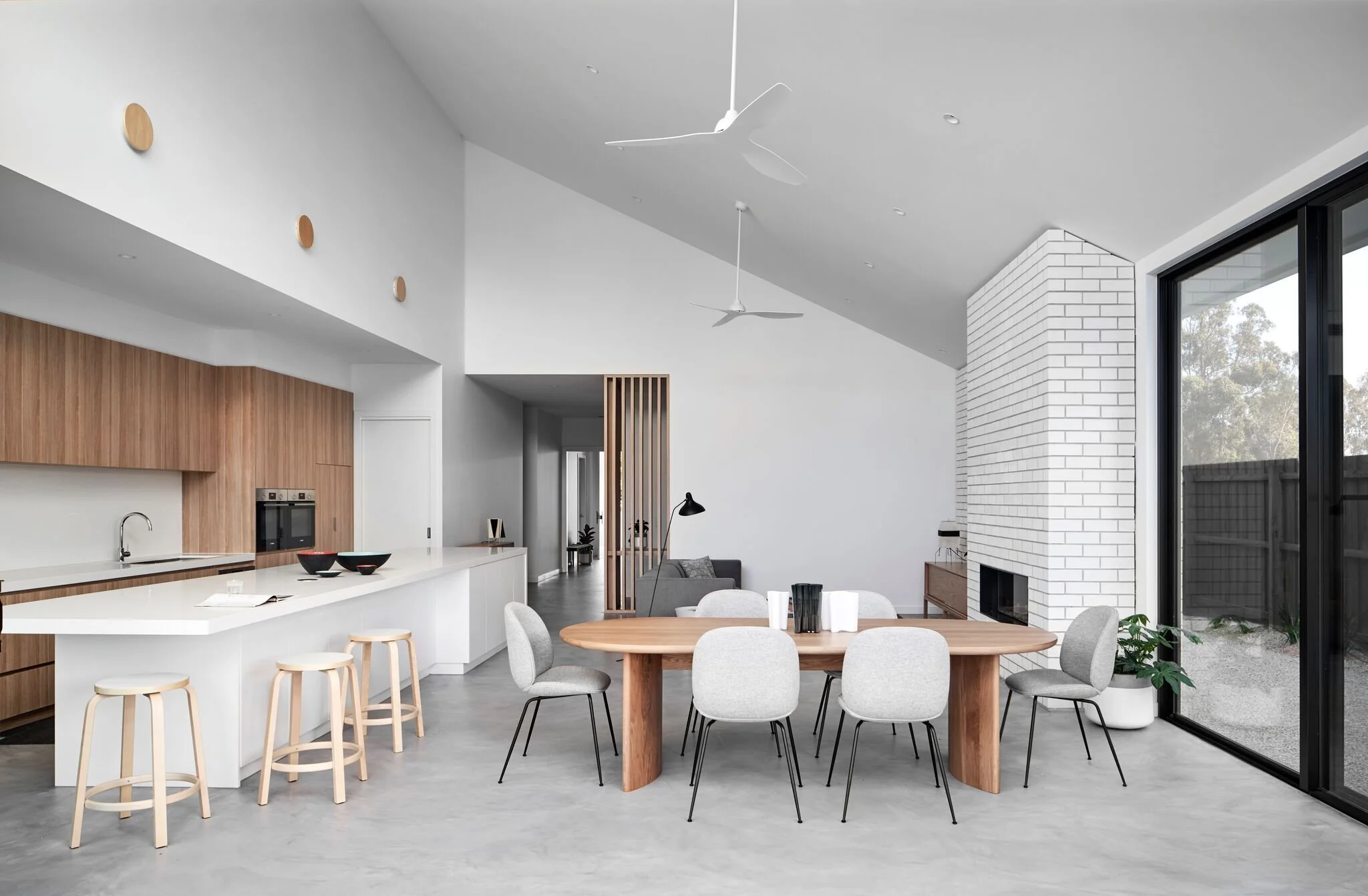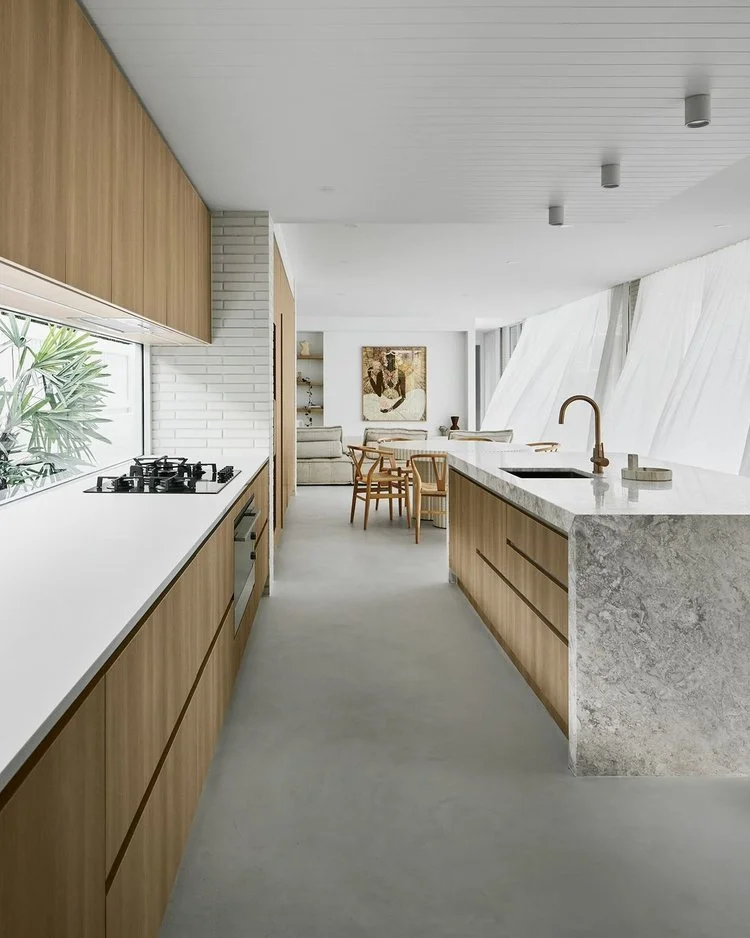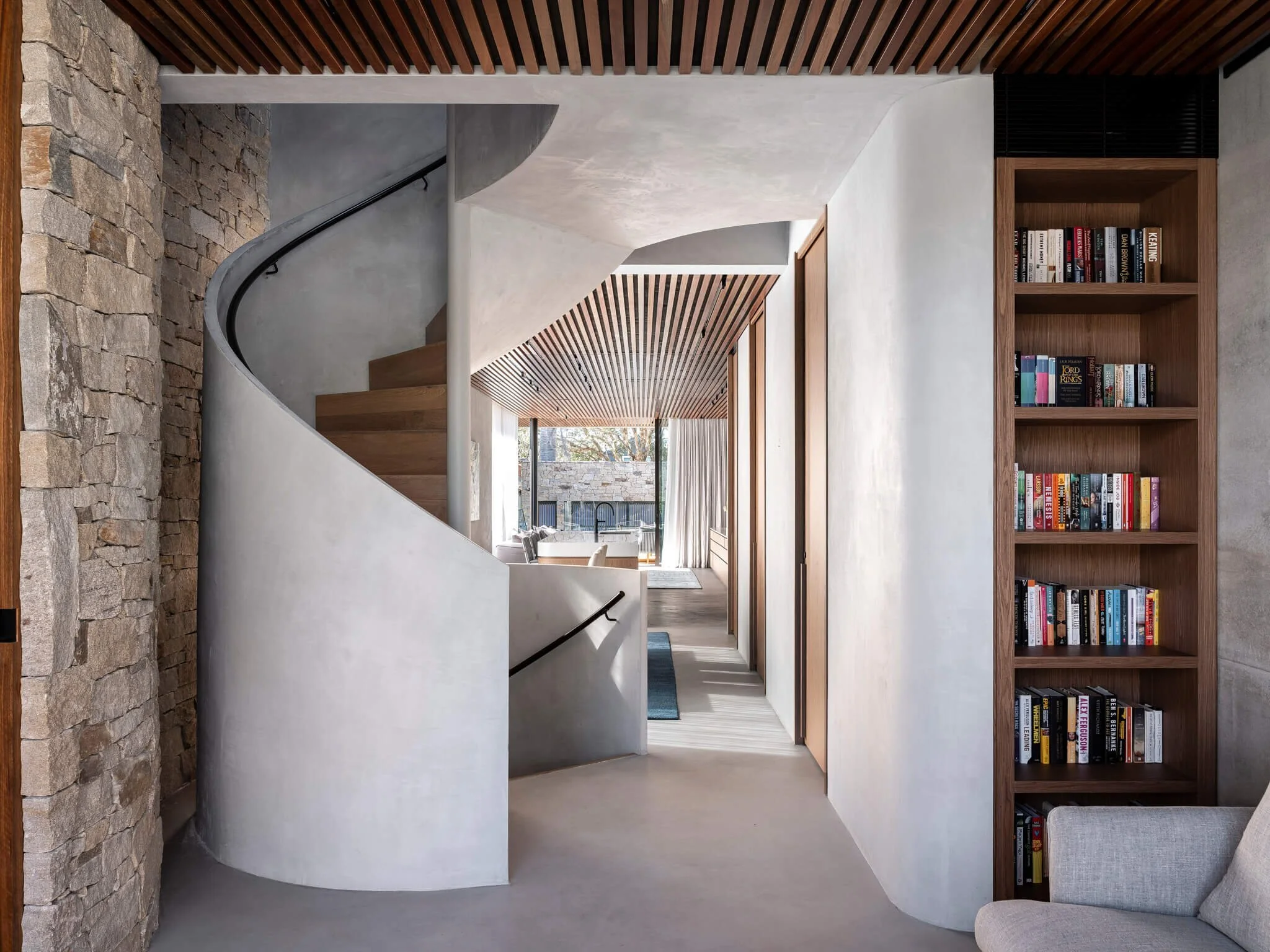The 5 Questions You Should Ask Before Choosing Your Microcement
Microcement is one of the most versatile and design-forward surface materials available today — but not all microcements are the same. When we first started installing X-Bond Microcement in Melbourne back in 1999, it was the first and only system of its kind available. Fast forward to today, and microcement has become a go-to material for architects, designers, and homeowners looking to create seamless, durable, and beautifully tactile spaces.
With its growing popularity has come many new names in the industry — but not all of them live up to the promise. To help you avoid costly mistakes and disappointing results, here are five essential questions you should ask before selecting a microcement brand for your next project. If you’ve seen microcement flake, crack, or lose its colour over time, the problem likely started because one of the following questions was left unanswered…
1. Does this brand have a proven track record?
For many industries, time on the market doesn’t always indicate success— but when it comes to something as important as surfacing, experience does matter. A product backed by years of use is a sign of reliability, not to mention its applicators have been able to hone their skills.
Ask:
How long has this product been on the market?
Can I view examples of past projects?
Does this product continue to meet Australian standards?
When you choose X-Bond, you’re choosing over 30 years of global trust. With case studies going this far back, you know our surface stand the test of time. Your project will become one of thousands around the world where clients have opted for the world’s original microcement.
2. What does the entire system involve — including waterproofing and sealing?
Microcement isn’t just one product, but rather a multi-layer system. Waterproofing and sealing both play a big role in the finish’s appearance and performance. A well-designed system ensures the surface resists water damage, stains, and abrasion — especially in wet areas like bathrooms, high-traffic flooring, or outdoor settings exposed to UV and weather.
Ask:
Can this microcement be waterproofed?
What kind of sealer is used, and does it need to be reapplied?
Are the sealers able to withstand any condition? What causes damage?
Before installing X-Bond Microcement, we’ll apply an advanced 2-in-1 waterproofing membrane that also reduces crack transmission to the finished microcement. Then, we’ll finish the microcement with an industrial-grade sealer to ensure lasting resistance to wear and tear, including stains or mould.
3. Who installs your product?
Even the best product can fail in the hands of an untrained applicator. Brands that take their reputation seriously will offer certified training on-site, with approved installer networks.
Ask: who do you trust to install your product?
X-Bond is only supplied to trained applicators with experience in rendering, plastering, or concreting. They must have attended in-person courses at our supplier’s warehouse, which ensures the very best results and consistency across projects. With X-Bond, the risk of improper application is as low as it can be. While DIY solutions can be quicker and cheaper, they’re risky without the relevant expertise.
4. Is your system truly seamless — or does it require joints?
Some brands claim a seamless look but still require expansion joints on large areas to prevent fractures. Others have systems that can handle substrate movement without cracking.
Ask:
What kind of substrate movement can your system tolerate — is it flexible?
Are movement joints required, and if so, where?
As one of the most flexible microcement formulas on the market, X-Bond is designed to withstand natural building movement and settlement without cracking. Expansion joints or saw-cuts are only required to replicate existing breaks in the substrate. It’ll hold up when subject to extreme temperature changes, which is why you’ll see X-Bond installed in a range of climates like hot and humid Las Vegas, the French countryside, big Belgian cities, and tropical Queensland.
5. What substrates can it be installed over?
Not every surface is suitable for microcement — and assuming it can go over anything is one of the most common (and costly) mistakes. Each brand has its own tolerances and requirements when it comes to what’s underneath the finish.
Ask:
Can your system be applied over [substrate of choice]?
Are there any areas it should not be applied to?
What prep is required before installation, and how does this affect cost?
Engineered with a proprietary bonding system including added latex polymers, X-Bond can be installed over almost any hard surface.
Choosing a microcement brand isn’t just about appearances — it’s about trusting an entire system and the people behind it. When you ask the right questions up front, you save yourself time, budget, and headaches down the line. And remember: the best microcement brands aren’t afraid of questions. They welcome them.






